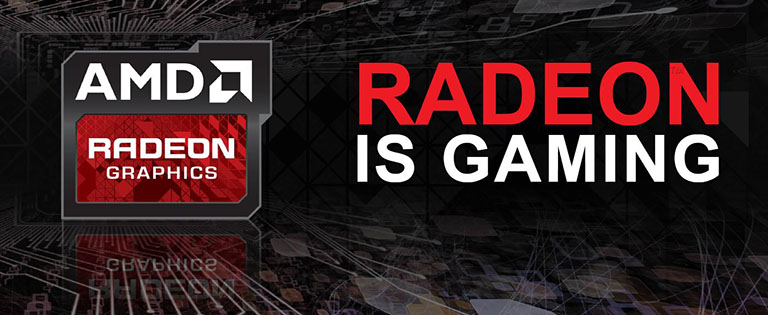A chip off the R9 270X block

There's been a deluge of graphics card announcements of late, happily coinciding with the holiday season that begins with the release of hotly-anticipated games. Sure, we'd all love a GeForce GTX 780 Ti or Radeon R9 290X, but the solemn truth is that both are way over budget for most people.
And given that many readers use 1,920x1,080-pixel resolution monitors affording a full-HD experience, looking for the card with the most attractive bang-for-buck is arguably more important than salivating after the very best silicon.
So you want to play the newest games on that inexpensive, 22-24in monitor but don't want to fork out a king's ransom to do so, right? Nvidia has the GeForce GTX 760 (£175) and GTX 660 (£140) GPUs for this purpose, and AMD counters with the R9 270X (£150) GPU launched last month, which is basically a Radeon HD 7870 with faster clocks.
AMD believes the Pitcairn architecture, first debuted in March 2012, has enough going for it to be the foundation for yet another GPU. Let's now welcome the Radeon R9 270 2GB into the mid-range fold by looking at its vital statistics.
| GPU | Radeon R9 270X 2GB | Radeon HD 7870 2GB | Radeon R9 270 2GB | Radeon HD 7790 1GB |
|---|---|---|---|---|
| Launch date | October 2013 | March 2013 | November 2013 | March 2013 |
| DX API | 11.2 | 11.1 | 11.2 | 11.1 |
| Process | 28nm | 28nm | 28nm | 28nm |
| Transistors | 2.8bn | 2.8bn | 2.8bn | 2.08bn |
| Approx Die Size | 212mm² | 212mm² | 212mm² | 160mm² |
| Processors | 1,280 | 1,280 | 1,280 | 896 |
| GPU Boost | Partial | None | None | None |
| Texture Units | 80 | 80 | 80 | 56 |
| ROP Units | 32 | 32 | 32 | 16 |
| GPU Clock/Boost (MHz) | 1,050 | 1,000 | 925 | 1,000 |
| Shader Clock/Boost (MHz) | 1,050 | 1,000 | 925 | 1,000 |
| GFLOPS (max) | 2,688 | 2,560 | 2,368 | 1,792 |
| Memory Clock (MHz) | 5,600 | 4,800 | 5,600 | 6,000 |
| Memory Bus (bits) | 256 | 256 | 256 | 128 |
| Max bandwidth (GB/s) | 179.2 | 153.6 | 179.2 | 96 |
| Power Connectors | 6+6-pin | 6+6-pin | 6-pin | 6-pin |
| TDP (watts) | 180 | 175 | 150 | 85 |
| GFLOPS per watt | 14.93 | 14.63 | 15.79 | 21.08 |
| Current price | $199 | $199 | $179 | $129/$139 |
Architecture analysis - R9 270
The Radeon R9 270 (non-X) shares the same architecture as the R9 270X and Radeon HD 7870. It differs by being clocked in at a lower core frequency, humming along at a peak speed of 925MHz, This means it has around 12 per cent less shading power, but retains the same backend, encompassing a 256-bit memory bus and GDDR5 RAM rated at an effective 5,600MHz.
Crunch the numbers and the R9 270 is destined to be between 5-10 per cent slower than its bigger brother. In fact, it's a very good match for the outgoing HD 7870, which beats it in shading prowess but loses out with respect to memory bandwidth. We're happy to see that, unlike the Radeon HD 7850, AMD hasn't reduced the core count on the cheaper card. Not wanting to step on the silicon shoes of the R9 270X, AMD's partners have limited scope to increase the core speed, because an R9 270 card running at 1,050/5,600MHz becomes a de facto 270X.
Having less core muscle has the added benefit of AMD specifying the R9 270 with a 150W TDP, or, more pragmatically, a single 6-pin power connector. This, then, is a GPU designed to offer solid 1080p gaming performance at the most attractive price. The cheapest boards are likely to appear at retail for $179 (£135) rising to $199 ($150) and therefore filling the gap vacated by the outgoing Radeon HD 7870.
Summary
The Radeon R9 270 2GB card is architecturally very similar to the Radeon HD 7870 that's been doing the rounds for the past 18 months. There is no manifestly new technology here; rather, AMD is using price as the motivating factor for purchase. With that in mind, let's take a look at an overclocked card from Sapphire.









